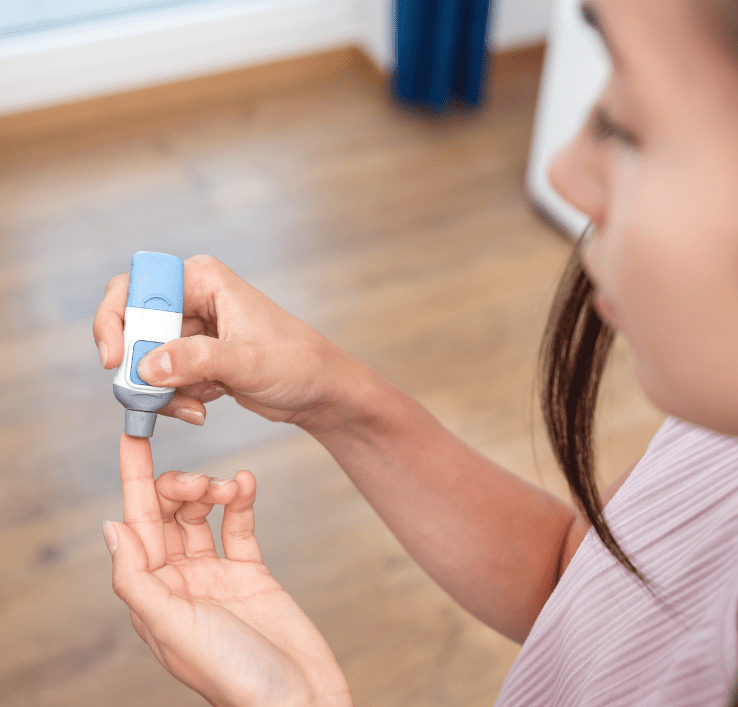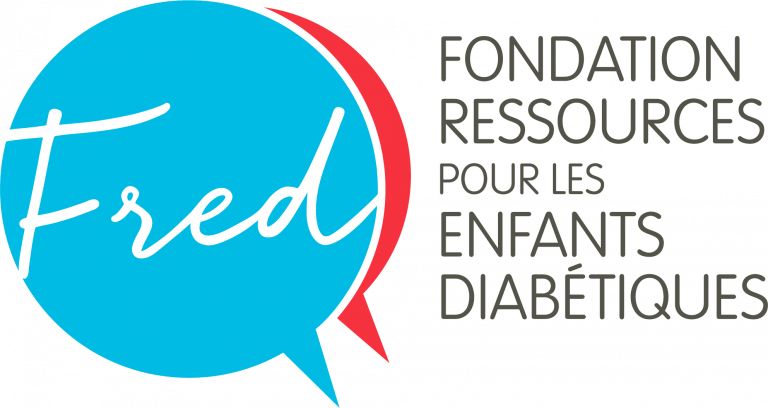Type 1 diabetes - day-to-day management
Low blood sugar
Home / Type 1 diabetes / Blood sugar monitoring / Low blood sugar
What is hypoglycemia?
Low blood glucose, or hypoglycaemia, occurs when the level of sugar in the blood is insufficient for normal body functioning. For type 1 diabetics, this situation can be triggered by different factors, such as when a child is more active than usual – the body will use all the sugar available to meet the needs related to exercise. Furthermore, if the quantity of carbohydrates in a meal is miscalculated, there may be a risk of administering too much insulin that will lead to a lack of sugar to transform, thus leading to low blood glucose.
Symptoms of low blood glucose are very different from one child to another. Generally speaking, it is a condition in which the brain no longer has enough sugar to function properly: the body becomes weak, confusion sets in and children feel exhausted or powerless.
Imagine running for 4 days non-stop and then reaching the foot of a mountain that you must climb immediately, as fast as you can. That is how diabetics feel when they have low blood glucose and are asked to sit up straight.
To rectify blood glucose levels, “fast sugar” (that is quickly assimilated in the body) must be administered such as juice, candy or tablets called Dex4 designed especially for this purpose. Blood glucose must be tested 15 minutes later to check the level sugar. Depending on the time of day, it might be necessary for children to eat a high protein snack to maintain a normal blood glucose level.

This is a situation where the brain no longer has enough sugar to function



